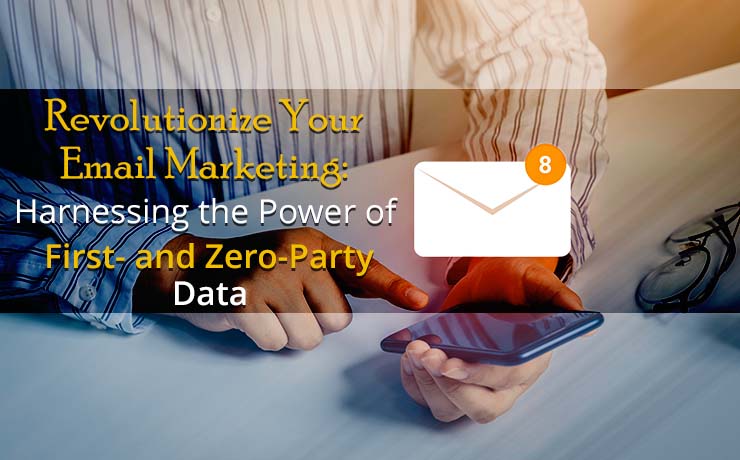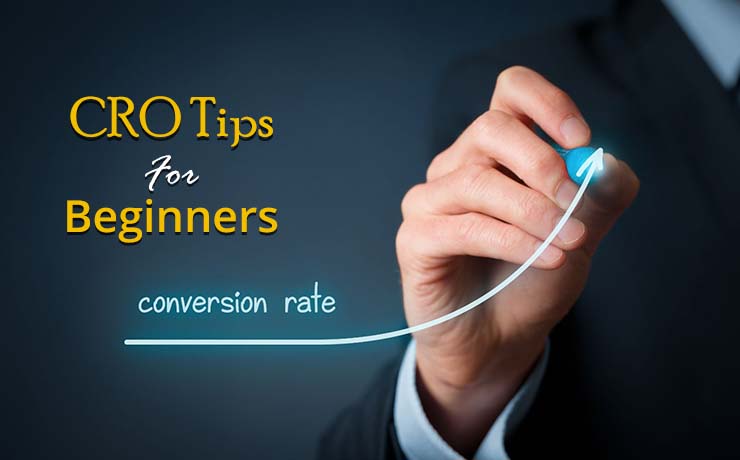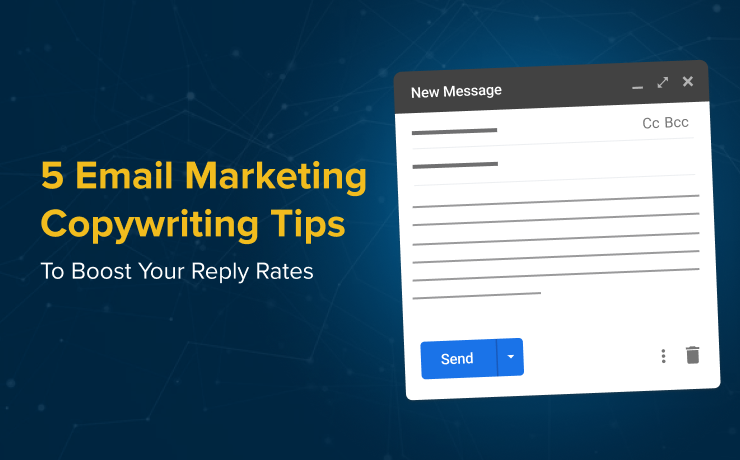Revolutionize Your Email Marketing: Harnessing the Power of First- and Zero-Party Data

Clement Foo
Senior Digital Content Manager

In a recent piece for Influencer Marketing Hub, Ashley Ismailovski, Klaviyo Community Champion and Director of Email Marketing at SmartSites, delves into the future of email marketing. Her focus is on leveraging first- and zero-party data to deal with the looming ban on third-party cookies by Google set to take place in 2024. The following is a summary of the points discussed in the article titled, ‘Future-Proof Your Email Marketing Strategies with First- and Zero-Party Data’.
The Importance of First-Party and Zero-Party Data
Ashley clarifies the distinctions between first-party, zero-party, and third-party data, explaining their value for businesses navigating the tricky terrain of digital privacy regulations. Zero-party data, she explains, is voluntarily shared by customers directly with your brand, presenting a new way of obtaining direct information about customer preferences and demographics. First-party data, on the other hand, is gathered through your own marketing channels and is critical for personalizing your interactions with customers.
Data and Email Marketing
The practical benefits of employing zero- and first-party data in your email marketing strategies are numerous. Ashley emphasizes that it enables more targeted and relevant email campaigns, helps strengthen the customer-brand relationship, and ensures adherence to data privacy regulations.
Approaching Data Collection
For collecting zero-party data, Ashley proposes the use of on-site displays like pop-ups, surveys, and quizzes. For first-party data, online forms on your website or data from your CRM system or e-commerce platform could be used.
Third-Party Data and the Upcoming Changes
The third-party data, typically obtained from databases or data brokers, has had its fair share of advantages, but with Google’s upcoming elimination of third-party cookies in 2024, businesses need to rethink their strategies.
Actionable Email Marketing Strategies
The contribution from Ashley provides a robust three-part guide for using first- and zero-party data. Personalized subject lines, segmenting email lists, and sending reminders for abandoned carts all make a part of this actionable advice.
Klaviyo and the Health & Beauty Industry
Focusing on the health and beauty industry, Ashley draws attention to Klaviyo’s capabilities in this new data landscape. The platform provides businesses with the ability to own customer data, thus not having to rely on third-party sources. This is critical in delivering personalized messages to customers, which is becoming increasingly important in industries like health and beauty. She concludes with five practical ways brands can leverage Klaviyo to make the most of first- and zero-party data.
In her comprehensive article, Ashley demonstrates how understanding and using zero- and first-party data can lead to a future-proof email marketing strategy, ready for the impending changes in data privacy regulations and digital marketing practices.
 Free
Consultation
Free
Consultation Free
Google Ads Audit
Free
Google Ads Audit







